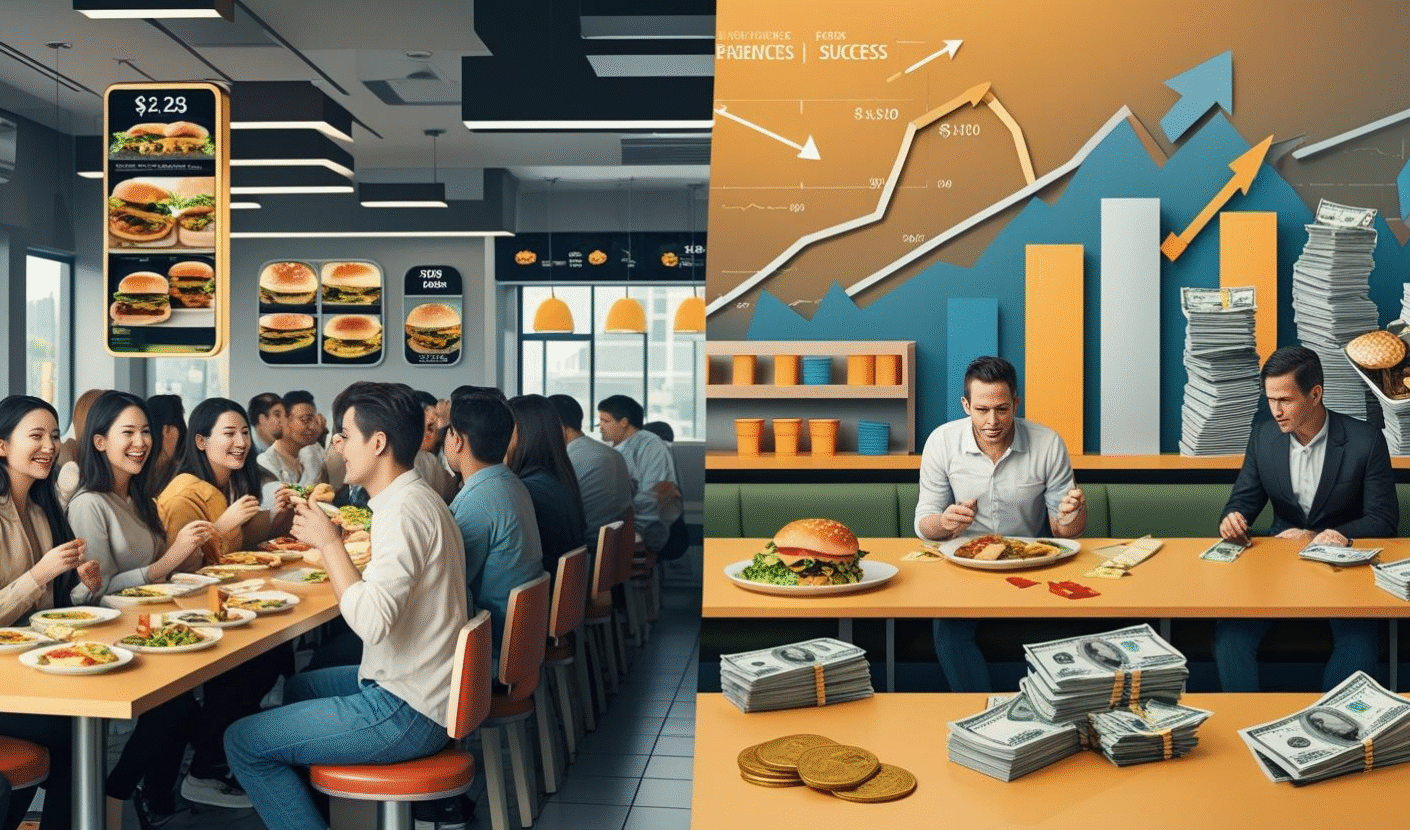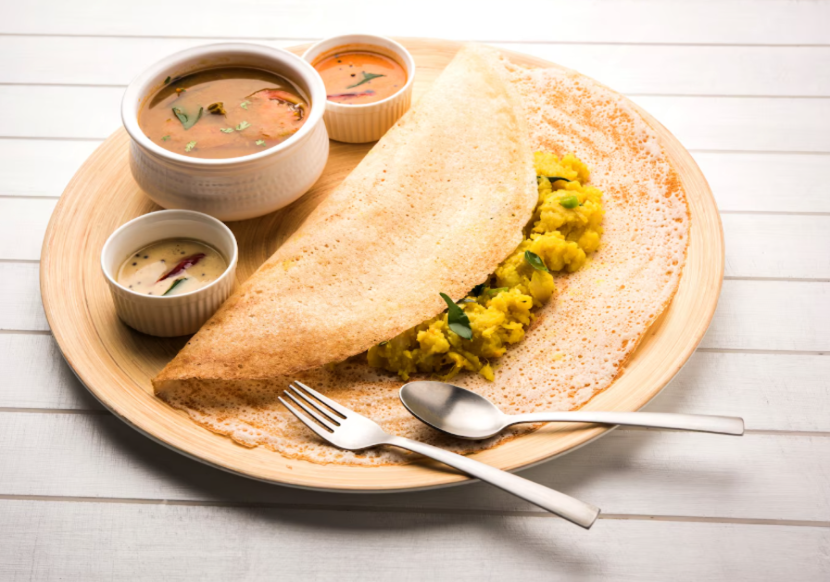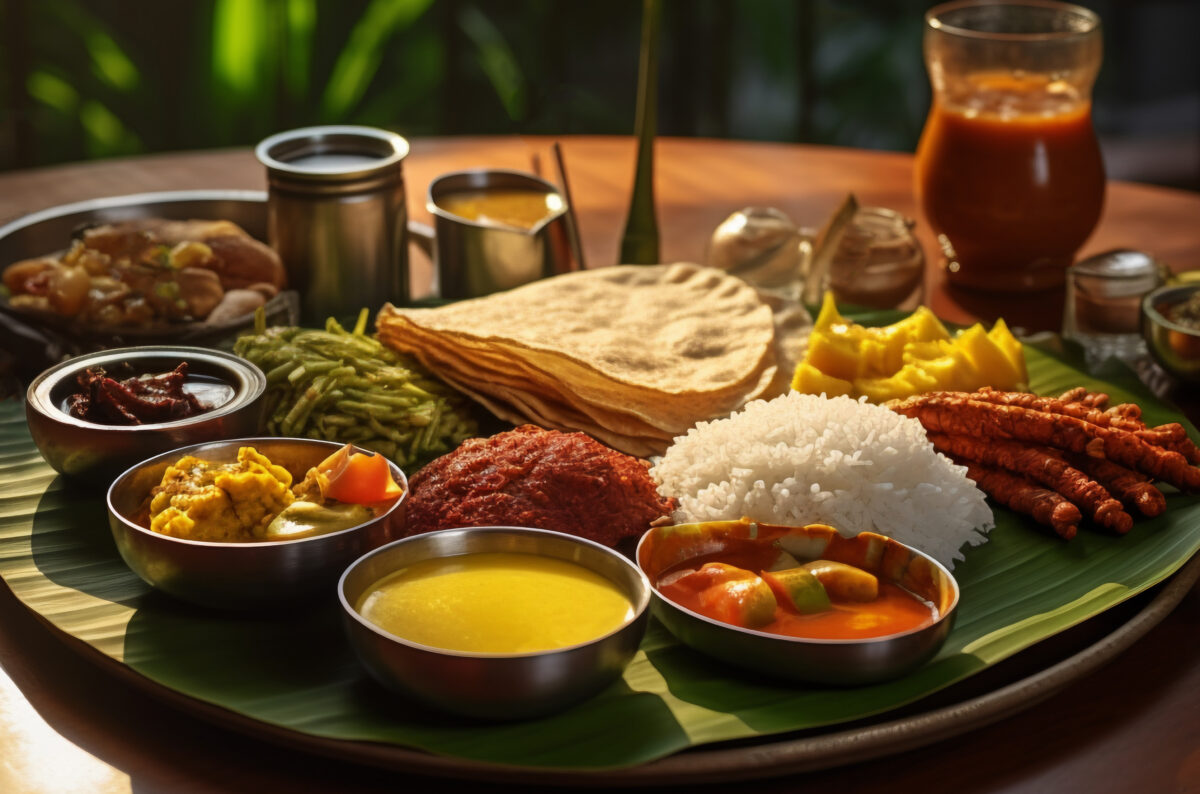
- August 1, 2025
The Pros and Cons of Investing in Fast Food Franchises: A 2025 Guide for Indian Entrepreneurs
Is now the right time to invest in a food franchise in India? The answer lies in knowing the real pros and cons of investing in fast food franchises. In 2025, India’s food industry continues to surge, thanks to rapid urbanization, food delivery platforms, and changing lifestyles. But not every fast food venture is a guaranteed win.
This guide explores the fast food model, uncovers key franchise benefits, and highlights major risk factors you must evaluate before investing. Whether you’re eyeing a global name or a regional gem like Mysore Aduge, understanding the pros and cons of investing in fast food franchises will help you make smarter, more profitable choices.
Understanding the Fast Food Franchise Model
Before diving into investments, it’s important to understand what defines the fast food model. A fast food franchise is a business where the franchisor licenses their brand, menu, and operations to an independent investor (the franchisee) for a fee.
There are several types of fast food models to choose from:
- Quick-service restaurants (QSRs): These include familiar global brands like McDonald’s, KFC, and Domino’s, where speed and standardization are key.
- Cloud kitchens: A growing trend in 2025, these delivery-only kitchens require less overhead and are popular with startups like Kouzina. If you’re interested in a leaner model, check out this opportunity for a food franchise under 10 lakhs in India.
- Takeaway-only counters: Ideal for high-footfall areas with limited space.
Each fast food model comes with its own strengths, challenges, and long-term potential. It’s essential to weigh your operational capabilities against your investment goals.
The Pros of Investing in Fast Food Franchises
Let’s explore the franchise benefits that make the fast food industry an attractive option for entrepreneurs in 2025.
Proven Business Model
A major reason people invest is the proven business model. Franchises come with pre-established systems for operations, marketing, and training—saving you from building a business from scratch.
Brand Recognition
Consumers trust recognized brands. Investing in a well-known fast food franchise reduces the time and money you’d need to build customer loyalty.
If you’re looking for opportunities in urban regions, the south Indian food franchise in Mumbai is one of the fastest-growing options.
High Demand with Consistent Revenue
With the rise of food delivery apps and the increasing demand for affordable and quick meals, the fast food sector sees steady footfall and orders, especially in urban and Tier 2 cities.
Explore locations like:
- South Indian restaurants in Ahmedabad
- South Indian restaurants in Delhi
- South Indian restaurants in Vadodara
Franchise Benefits
Some key franchise benefits include:
- Training programs for you and your staff
- Centralized supply chains and bulk purchasing power
- Marketing and branding support from the franchisor
- Turnkey business setup assistance
Scalability: Expansion Opportunities
A successful fast food franchise can expand to multiple locations with standardized processes. Many franchisees begin with one outlet and grow to manage regional chains. The scalability factor is one of the biggest pros of investing in fast food franchises today.
The Cons of Investing in Fast Food Franchises
While the benefits are clear, it’s equally crucial to acknowledge the cons and risk factors involved.
High Initial Investment
Most well-known franchises require significant upfront costs for licensing, equipment, store setup, and inventory. It can be a heavy burden for small business owners.
Royalty & Ongoing Fees
Franchisees often pay ongoing royalties (usually a percentage of revenue), along with mandatory marketing contributions. These fees can eat into your profits if sales fluctuate.
Limited Operational Control
Franchisees must follow brand rules. From menu design to marketing language, creative freedom is often restricted. This can frustrate entrepreneurs who prefer customization.
Risk Factors
Key risk factors to consider:
- Market saturation: Too many franchises in one area can dilute profits.
- Shifting consumer preferences: Health-conscious trends may reduce demand for certain fast food options.
- Staffing challenges: High employee turnover can disrupt operations.
- Stressful workload: Managing inventory, staff, and compliance can be overwhelming.
Understanding these risk factors is crucial when weighing the pros and cons of investing in fast food franchises.
Key Factors to Evaluate Before You Invest
Before signing any agreement, assess these critical areas:
- Local market demand: Is there real demand for this brand in your chosen city?
- Competitor analysis: Who else is serving similar food nearby?
- Budget and ROI: Can you afford the initial costs and sustain operations until breakeven?
- Franchisor reputation: Read reviews and talk to existing franchisees.
- Legal clarity: Understand the terms in your franchise agreement—especially exit clauses, royalty terms, and support commitments.
Fast Food vs. Alternate Franchise Models: Which One’s Right for You?
Fast food isn’t the only option in India’s franchise ecosystem. Here’s how it stacks up against emerging alternatives:
- Business broker franchises (e.g., We Sell Restaurants) involve less operational stress and lower setup costs but may not offer the same customer engagement.
- Regional food brands (like Mysore Aduge) offer a mix of traditional appeal and modern scalability. These are ideal for investors who want to promote culture while benefiting from structured franchise benefits.
Evaluate your lifestyle goals, capital availability, and passion before choosing a model. While the fast food model may be fast-paced and scalable, alternatives may offer greater satisfaction with fewer risk factors.
Is Now the Right Time to Invest in a Food Franchise in India?
Absolutely—2025 is a golden opportunity, especially in Tier 2 and Tier 3 cities.
Why?
- The cloud kitchen boom is reducing entry costs.
- Gen Z preferences are reshaping menus toward health, sustainability, and convenience.
- Government initiatives and relaxed FDI policies are fueling the growth of franchise-based businesses in food and beverages.
If you understand the pros and cons of investing in fast food franchises, the timing couldn’t be better to enter the market with confidence.
Final Thoughts
To succeed in 2025, every entrepreneur must carefully weigh the pros and cons of investing in fast food franchises. On one hand, the model offers structure, brand power, and high demand. On the other, it comes with capital needs, brand restrictions, and operational challenges.
Your decision should align with your risk appetite, financial goals, and personal interest in the food sector. Remember, the most successful franchisees aren’t just following a model—they’re innovating within it.
Mysore Aduge – A Unique Franchise Opportunity
Looking to invest in a culturally rich, health-conscious, and scalable food franchise? Join the Mysore Aduge family – where tradition meets opportunity.
With its authentic South Indian vegetarian cuisine, turnkey franchise benefits, and strong regional appeal, Mysore Aduge offers one of the most promising alternatives to the global fast food model.
Partner with Mysore Aduge and bring the true essence of Mysore to your city.
MysoreAduge offers a rewarding South Indian food franchise in Bangalore, helping entrepreneurs bring authentic Karnataka flavors to one of India’s fastest-growing cities. With its proven systems and signature recipes, it also stands out as a trusted dosa franchise in India, giving food lovers across the country a consistent taste of traditional South Indian cuisine while ensuring strong growth for partners.
Frequently Asked Questions
Pros: Brand recognition, proven model, high demand, and scalability.
Cons: High investment, royalty fees, limited control, and several risk factors.
Yes, the structured operations and training make it easier for beginners, but it’s important to evaluate personal risk tolerance.
Comprehensive training, supply chain support, marketing assistance, and turnkey setup are essential benefits to look for.
Cloud kitchens offer lower setup costs and operational flexibility, but lack customer-facing branding.
Anywhere from ₹10 lakhs to ₹1 crore depending on the brand, location, and format.
Key risks include market saturation, staff turnover, shifting consumer trends, and strict franchisor rules.
Yes, it’s expanding rapidly—especially in Tier 2/3 cities and among Gen Z consumers.
Absolutely. With rising interest in health-conscious and local cuisine, Mysore Aduge offers a strong, culturally resonant alternative.







